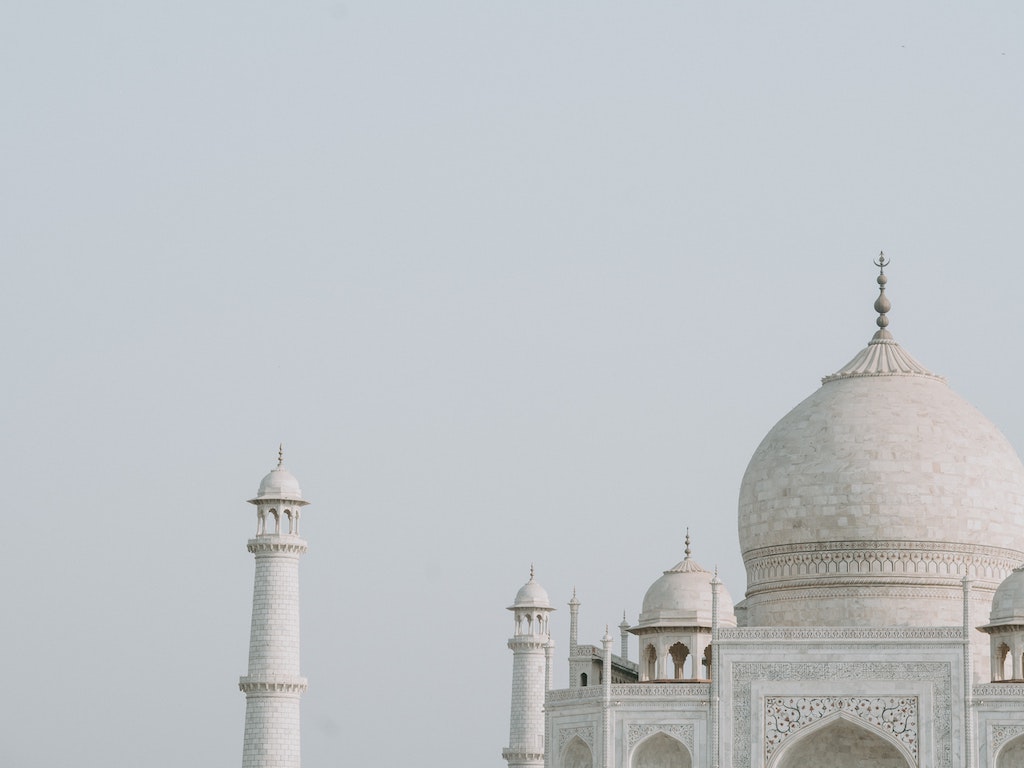3 Mins Read
India, the country of 1.3 billion, has been ground to a complete halt since its prime minister Narendra Modi ordered a nationwide lockdown one week ago to combat the spread of the coronavirus pandemic. While the move has been widely criticised for failing to provide sufficient support and relief for migrant workers, vulnerable people and its massive informal sector, perhaps one of the few positive stories to emerge is the temporary nosedive in air pollution levels in the country.
All factories, markets, shops and places of worship nationwide have been ordered to shut its doors and most public transport and construction has ground to a complete standstill as India enforces the world’s biggest lockdown in an effort to contain the coronavirus. Widespread discontent followed about the government’s mismanagement of India’s vast informal sector and migrant workers – many of whom are now struggling to reach their homes within the 24-hour countdown, with no wages, food or social security.
Perhaps one of the only positive stories to emerge is the significant drop in air pollution. The latest data from the Indian Environment Ministry’s Central Pollution Control Board (CPCB) shows that the main Indian cities have recorded far lower levels of toxic particulate matter known as PM2.5 and nitrogen dioxide, which is emitted by vehicles and fossil fuel plants.
Both types of pollution have been linked to serious health risks – the latest Greenpeace report finds that over 40,000 children die each year before they reach 5 years old due to PM2.5 exposure from fossil fuel burning alone, and around 16 billion children globally live with asthma due to nitrogen dioxide emissions from vehicles.
The dramatic drop in air pollution levels is a major shift for India, which has 21 of the 30 most air polluted cities in the world, according to IQAir’s most recent World Air Quality Report. Of the 200 cities examined that are suffering from the world’s highest levels of PM2.5 pollution, 90% are located in China and India alone.
India’s capital New Delhi showed that the average concentration of PM2.5 decreased by a whopping 71%, from 91 microgram per cubic metres to 26 one week after the lockdown began. According to the World Health Organisation (WHO) any level of PM2.5 above 25 is considered unsafe. Nitrogen dioxide levels also declined by 71% in the same period. Similar drops were recorded in Mumbai, Chennai, Kolkata and Bangalore.
“I have not seen such blue skies in Delhi for the past 10 years. It’s a silver lining in terms of this awful crisis that we can step outside and breathe,” co-founder of environmental organisation Care for Air Jyoti Pande Lavakare told CNN.
Other countries have recorded a sudden drop in air pollution since travel restrictions, social distancing measures and lockdowns have been introduced. The pattern was recently recorded by the European Space Agency (ESA) satellites, which showed a major decline in nitrogen dioxide pollution over cities and clusters in Asia and Europe compared to the same period last year. The images corroborated earlier images taken by NASA satellites that showed major reduction in pollution levels across eastern and Central China since January.
Environmental and health activists in India are urging the government to see this as a wake-up call to address the problem of air pollution. Lavakare told CNN that while “this is not the most ideal way to bring down air pollution…it does prove that air pollution is manmade,” adding that it gives “hope that we can bring pollution down”.
Read our previous coverage of Covid-19 here.
Lead image courtesy of Unsplash.




